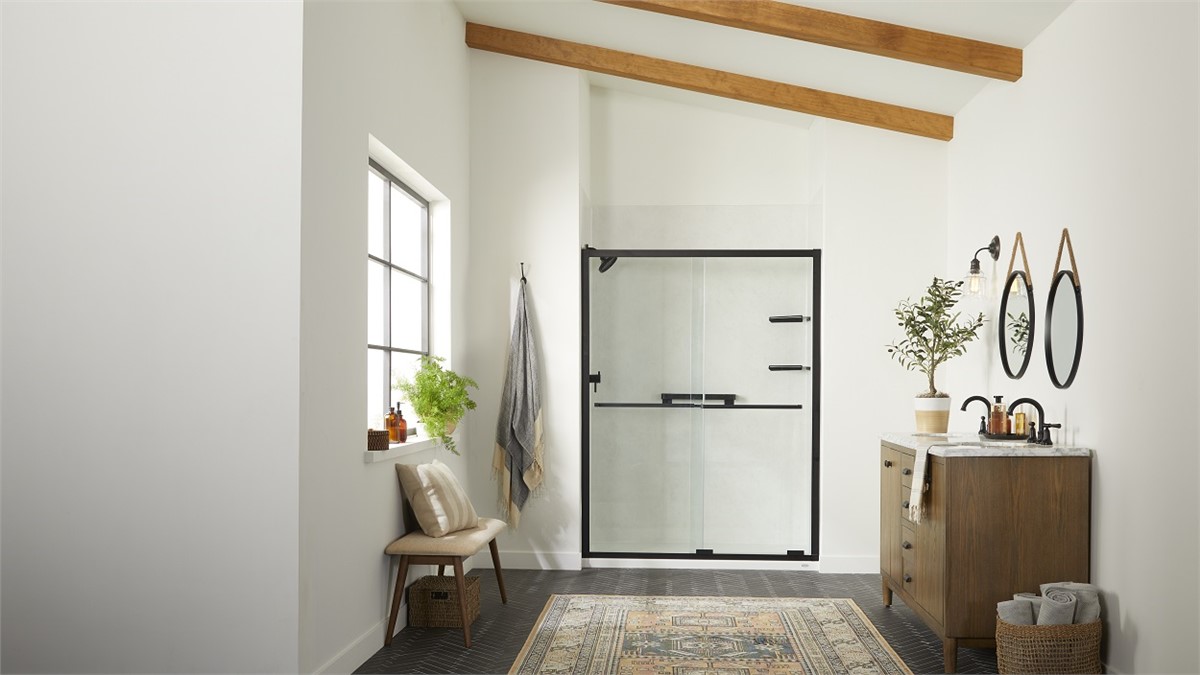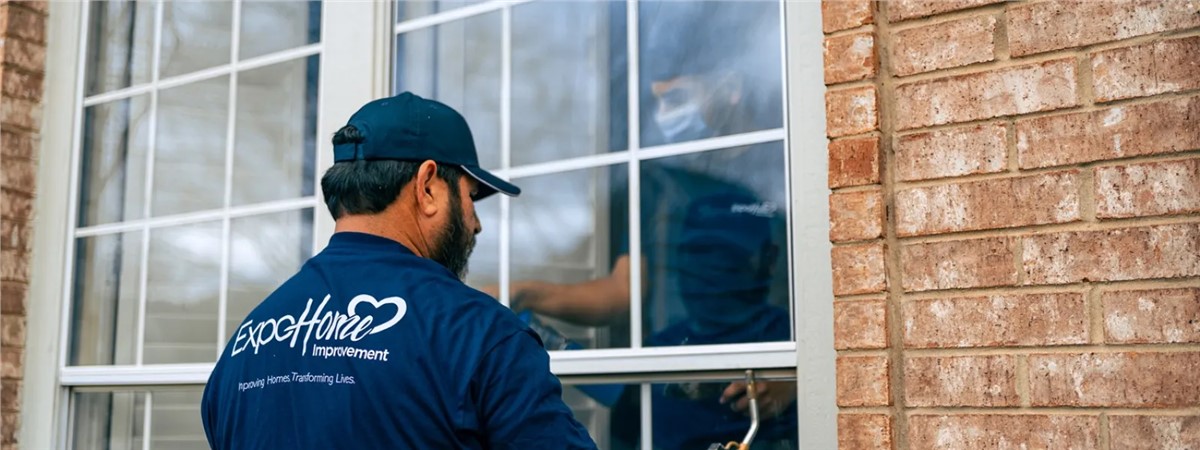It's likely not a surprise to you that energy costs have risen in the past few years. While they can often seem unavoidable, there's actually quite a lot you can do as a homeowner to reduce their burden.
Read MoreThe bathroom is the last place in a home where you and your loved ones should feel uncomfortable. Unfortunately, many families with mobility concerns find that their bathrooms are unsafe.
Read MoreWhen it comes to a home improvement project as significant as new windows, it's crucial to make the right decision. While many homeowners may have an idea of the window styles they prefer, it can be tricky to choose a window frame material.
Read MoreWhen it comes to bathroom remodeling, the possibilities can seem endless. If you're looking for a practical way to enhance the style and functionality of your bathroom, consider a bathtub-to-shower conversion.
Read MoreA home's windows can be one of the most beautiful exterior elements. Over time, however, they can degrade and begin causing issues. A window replacement is a great way to improve the energy efficiency and curb appeal of your home, but why stop with just one?
Read MoreThe kitchen is one of the most frequently remodeled portions of the home, and for good reason. For most families, it's where they catch up at the end of the day and entertain guests. Many homeowners feel insecure about the design of their kitchens and desire upgrades for aesthetic reasons.
Read MoreIn many industries, you'll be faced with the choice of hiring a bigger company or an individual. Take healthcare, for example. There are large hospitals and medical institutions that come with their own advantages, but there are also independent practices and specialists that have unique benefits.
Read MoreOne of our favorite benefits of having windows replaced in your home is to update the curb appeal and overall feeling in your home. Finally having windows that match your aesthetic is important to help you love your home even more in the new year!
Read MoreOne of the quickest ways to liven up a room is with the addition of window treatments that can instantly transform the style and comfort of your room. But picking a window treatment isn't as simple as you think. There are several factors to keep in mind depending on style, function, and location.
Read MoreWhen it comes to home improvements that help with temperature regulation, few know how beneficial a window remodel can be. It seals off gaps, replaces inferior or worn-down materials and improves the energy efficiency of the entire home.
Read MoreSubscribe to Expo Home Improvement's Blog











